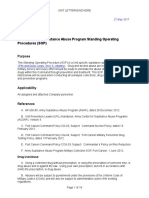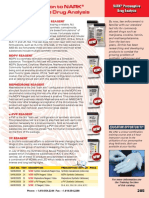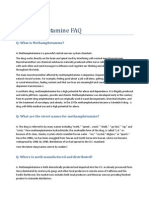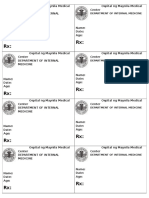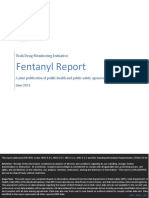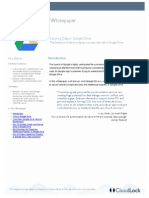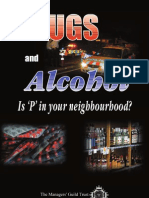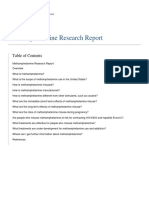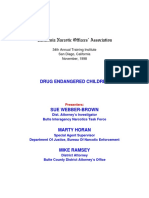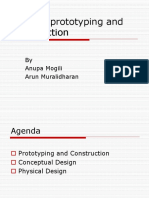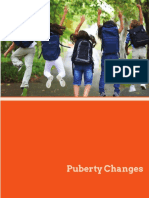100% found this document useful (1 vote)
4K views11 pagesDrug Testing Paper
this paper has everything: outline, 5 and a half pages of info, and work cited..........this paper has you all set
Uploaded by
devon_r09Copyright
© Attribution Non-Commercial (BY-NC)
We take content rights seriously. If you suspect this is your content, claim it here.
Available Formats
Download as DOC, PDF, TXT or read online on Scribd
100% found this document useful (1 vote)
4K views11 pagesDrug Testing Paper
this paper has everything: outline, 5 and a half pages of info, and work cited..........this paper has you all set
Uploaded by
devon_r09Copyright
© Attribution Non-Commercial (BY-NC)
We take content rights seriously. If you suspect this is your content, claim it here.
Available Formats
Download as DOC, PDF, TXT or read online on Scribd
/ 11



